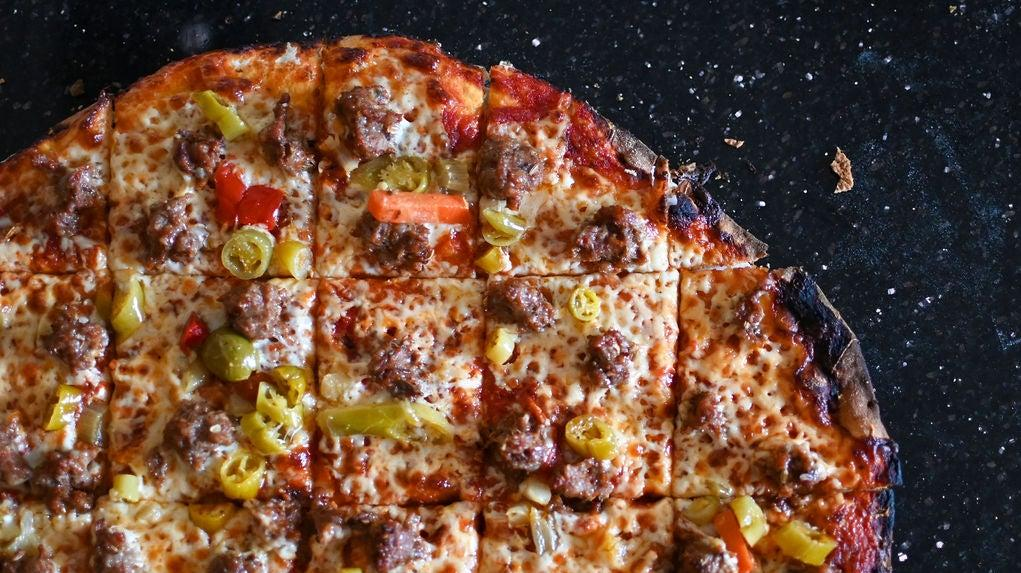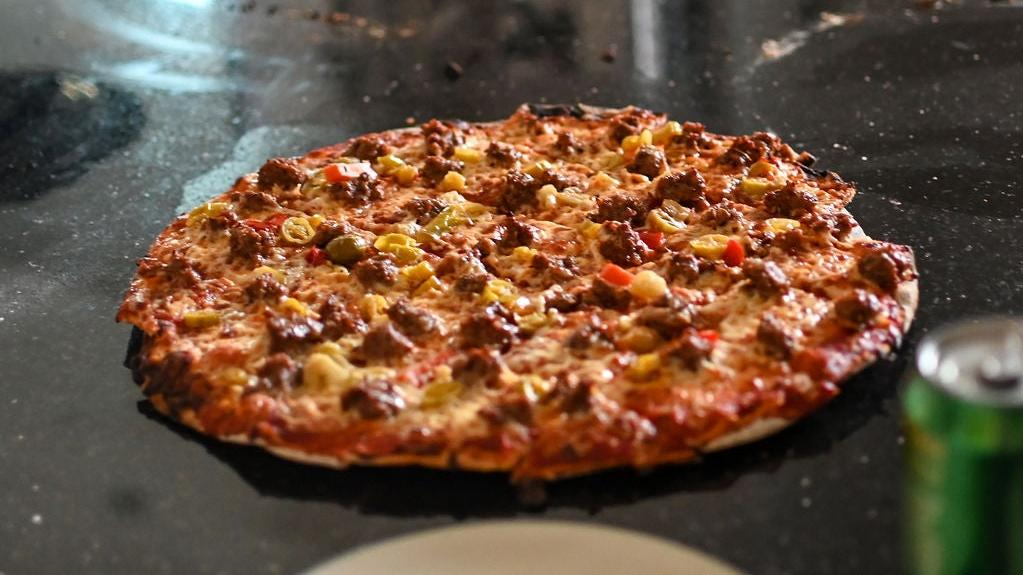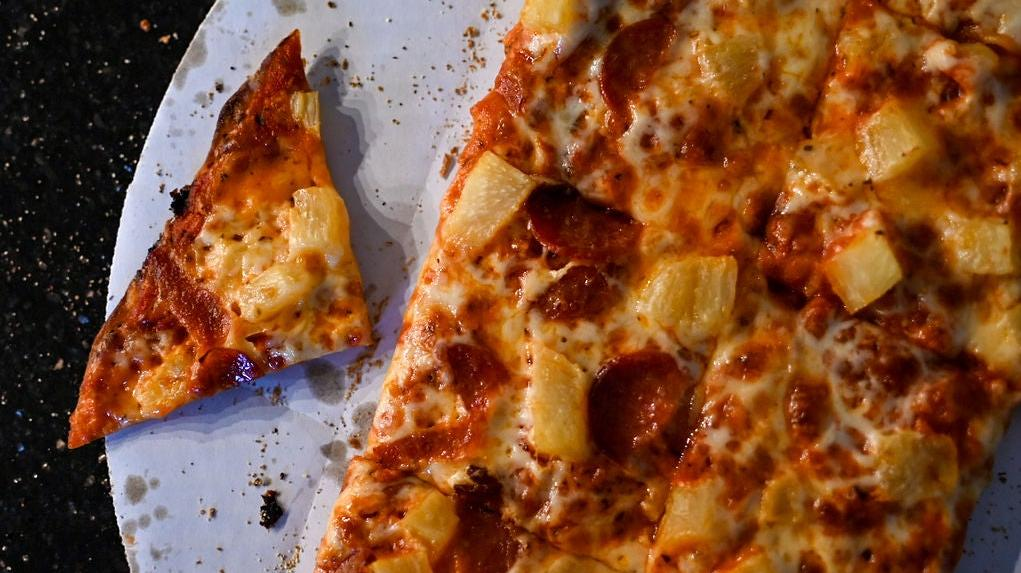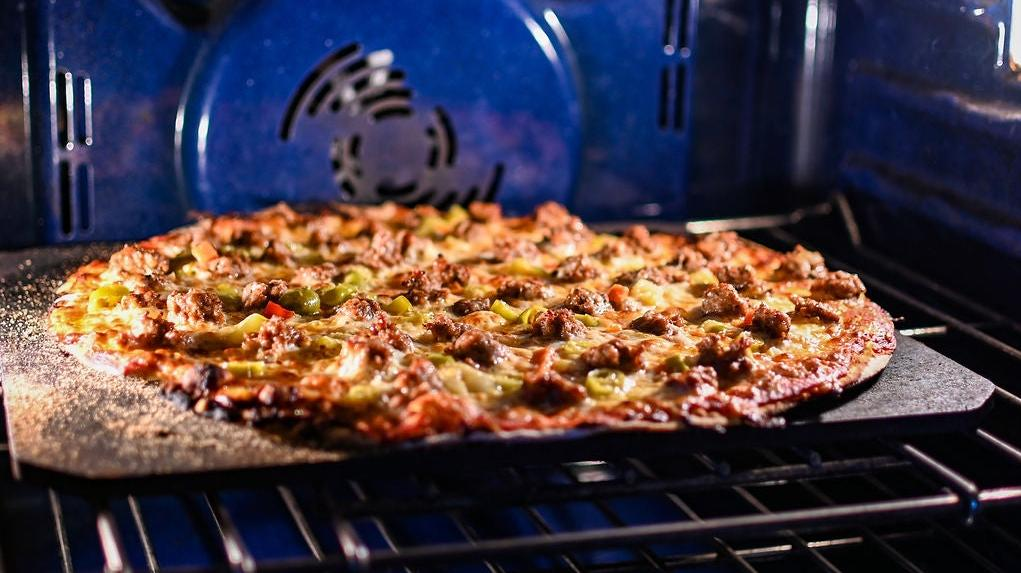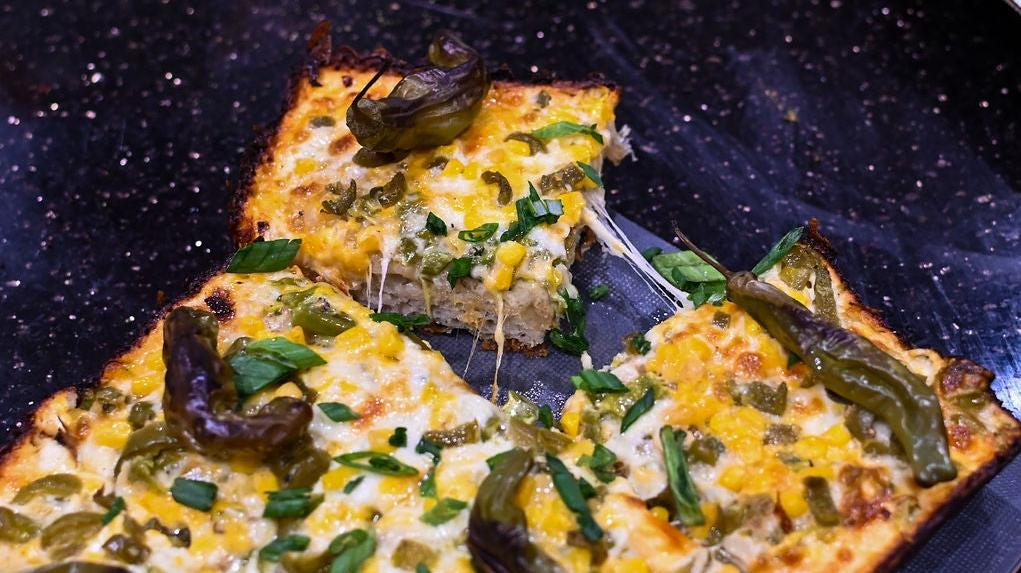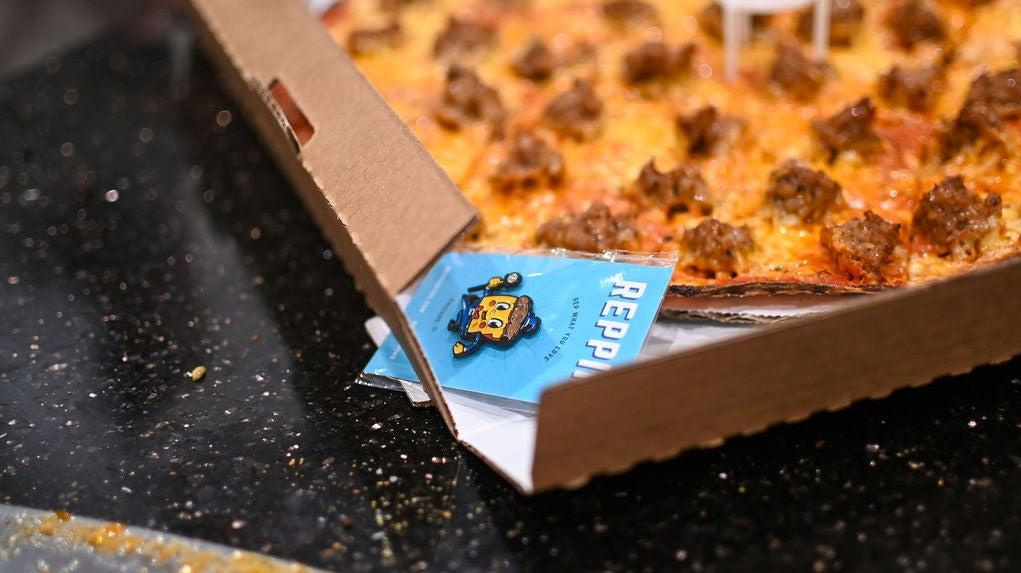6 Lessons Everyone Needs To Learn About Homemade Pizza
The collected wisdom gained from baking an inadvisable amount of homemade pies.
Some time ago, I became the Dad Who Makes Too Many Pizzas. Back in March 2020 (for REASONS), I started making pizza every single week to mark the weeks like the Count of Monte Cristo scratching lines on the cell wall. And now, a mere two years that feel like seven years later, I am authentic fake gentry. The ghost of Dennis Farina knighted me in a ceremony and everything. As my reward, I get out of one parking meter ticket per fiscal quarter and get free discarded popcorn after Bulls games. What a life.
But knowledge is nothing without the wherewithal to share it. So please, take these hard-earned lessons from someone who has made hundreds of pizzas and is not particularly quick on the uptake. They'll save you some time in pursuit of ultimate pizza domination.
Don’t cheap out on cheese
That bagged, pre-grated cheese is great for a hurried ... something or other. What it's not great for is homemade pizza. There are anti-caking agents in the bag, which is nice when you want to sprinkle a topping rather than a wad, but it makes the cheese melt a little more like plastic than dairy.
Likewise, the part-skim mozzarella you can buy in a block lacks the fat to really hit that pizza shop melt. And the wet mozzarella balls aren't going to melt or brown like you want.
What you need is full-fat, low-moisture mozzarella. I buy it at restaurant stores in the deli blocks and they go a long way. Your local deli or grocery store would be happy to sell you a chunk. Worst case scenario, it's basically the same thing as string cheese if you're in a pinch and incredibly patient.
Not a plug or anything, but if you're making vegan pies, the cheese is a much tougher barrier, and the only thing I've found that I really like is the liquid cheese from Miyoko's Creamery.
There’s literally nothing for shaping dough like ... shaping dough
Turning a ball of dough into a ready-to-bake round (or square, or rectangle) is, in my very anecdotal experience, the number-one frustration people have in making their own pies. And that's because while I can give you precise ingredients and timing for a sauce, or weight amounts for cheese or toppings, there's no real way to instruct via text something so tactile as working with dough.
The one complaint I had on my pizza book was along the lines of, "I keep making your pizza and it keeps looking like Greenland." And yeah, that's a tough one to fix with words.
First off, if you're a visual learner, then YouTube is your friend. There are so many good-hearted east coast pizza meatballs making videos about how to treat your dough. And if you can master a Neapolitan or a New Haven or a New York crust, then rolling it out is, I admit, a much easier skill to master. All that said, I still slink around Craigslist and eBay for a deal on a dough sheeter.
But mostly, you get better dough by shaping a bunch of dough. Pizza must be messed around with to perfection. Bread is this way too, but that's a much wider rabbit hole to fall down into.
A cure for the thickness
Sometimes the best technical solutions are an absolute pain in the ass. I realized this the first time my then-girlfriend (now wife) and I almost broke up over making our first batch of homemade pasta. We took the first bite and sighed hard, because it ruled and we would have to return to the romance crucible. So when I tell you this next part is the key to thin-crust pizza, know that I already realize it's easier to not.
For the perfect tavern-style thin crust, you're going to cure it overnight (unwrapped) in the fridge. To do this, take that tavern-style dough I told you about, grab the containers out of the fridge, and let them sit at room temperature for thee hours. After that, roll it out, dock on both sides, and place between two sheets of nonstick parchment. Do as many doughs as you want to bake the next day and stack them on top, slipping a pizza pan or a plate or a cardboard circle underneath for easy conveying into and out of the fridge.
It's worth the fridge space to move aside the leftovers, the condiments, the pickled stuff, the other leftovers, the yogurt, and whatever else in a pizza-crust-sized radius. Leave the prepared doughs there overnight, uncovered (up to you whether you parchment the top layer).
Don't leave it much longer or it becomes wavy, too dry, and shattery. You'll know when that happens.
Steel yourself
Not super long ago, baking stones were the gold standard of making really good bread and pizza at home. And then, as now, you'll get the concession that a cookie sheet or upturned pan will work as a decent substitute.
Nah, folks.
If you want good pizza, where you take it out of the oven and go "oh shit, that actually looks like restaurant pizza" you should get yourself a slab of steel. It is a heavy pain in the ass. It is not the HomeGoods clearance sale darling that the pizza stone is. But it's literally how you can make pizzas that you can, if you feel like, sell to strangers in an alley.
The thermal retention of the steel (and less porous surface than stone) delivers the biggest heat you can get in a home oven. And really, that's the difference between okay pizza and really good pizza.
You will literally never stop tinkering
I have put a recipe here in stone. I have revised it and put it in a print book. Neither one of those is what I currently do, and that's because you never, ever stop messing around with pizza recipes.
When it's winter, I keep a squirt bottle filled with water to put extra in the food processor mid-dough. Humidity loss in the winter is no joke.
Batches of sauce are different every time. "Season to taste" isn't just a throw-in line in a recipe. Tomatoes can vary noticeably when you're making a lot of pizza, not just between tomato brands that cost the very same price, but that are from different production runs of the same brand. You're balancing acidity, sweetness, umami, saltiness, and just that ineffable "hey, that's a good sauce" sense memory.
As a lover of stupid metaphors I usually simmer the sauce for 40-60 minutes and then say "okay, let's take this baby in for a landing" to a literally empty kitchen. That's me immersion-blending the sauce with a salt cellar, a bottle of red wine vinegar, and a container of sugar next to the oven. I adjust, and blend, and taste again until it's perfect. It's very gratifying. And so what if I've clipped little captain's wings to myself?
Have fun or quit
Like any rabbit-hole hobby, this one's full of miserablists and equally full of joyful folks who don't know the former group exists. If you're feeling the sudden pull to declare something "overrated" or win a technique argument on a subreddit, I advise a nice salad and a day away from the computer. The least bit of stress isn't worth the experience.
Pizza is joy. Save the grumpiness for casseroles.
